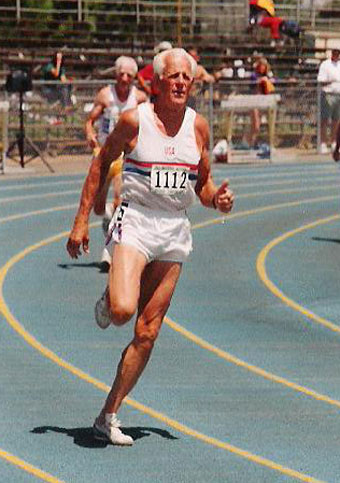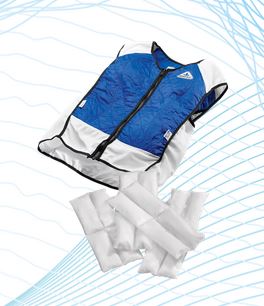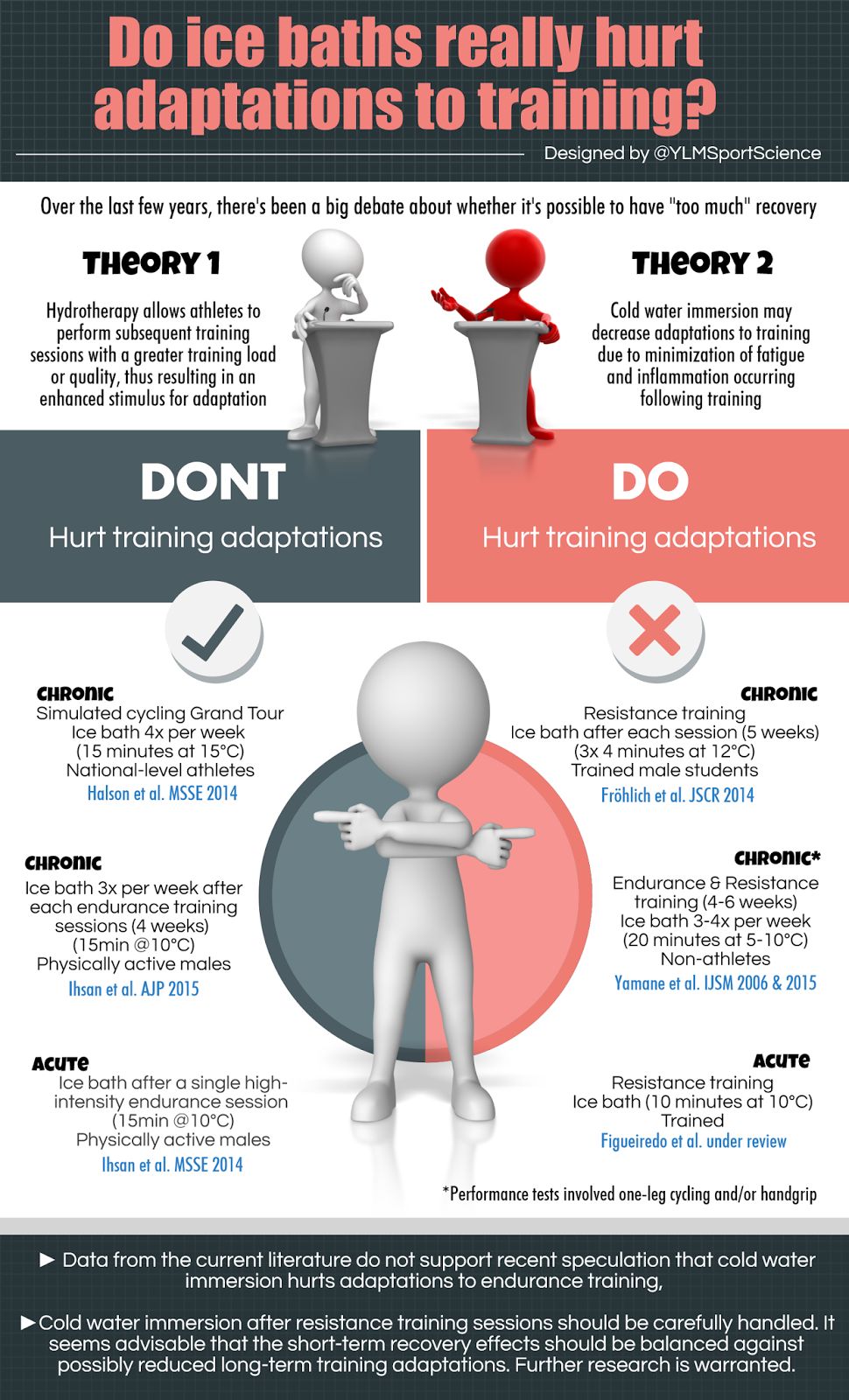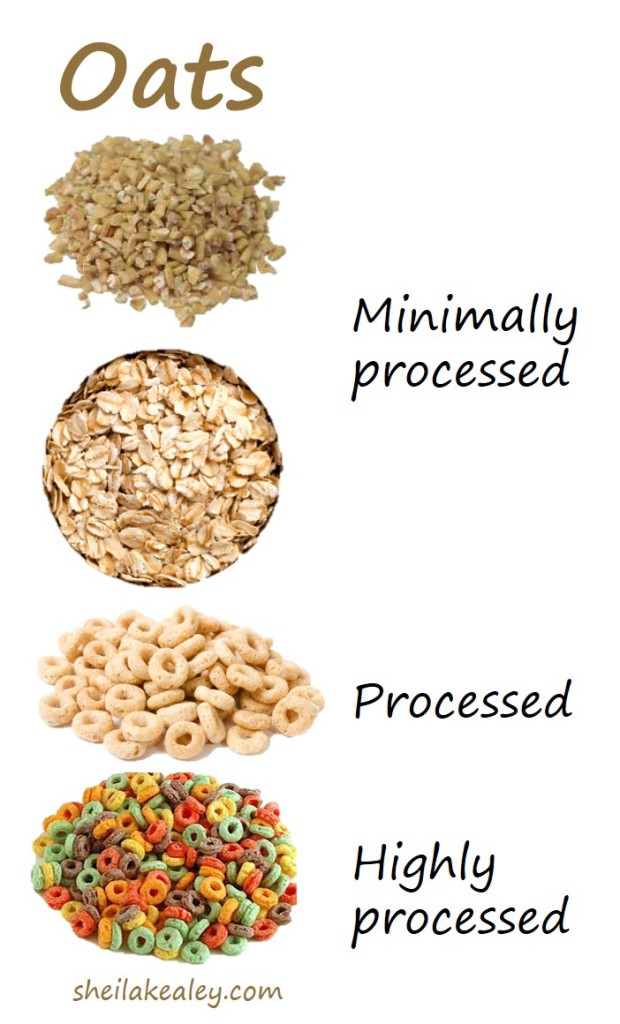This week, read about older athletes’ fitness age, ice baths, processed foods, low-cal celebrity diets, coaching wisdom, walking in nature, precooling.
Older Athletes Have a Strikingly Young Fitness Age

A new study of participants in the coming Senior Olympics found that these older competitors were much younger physically than their chronological age. The study determined the participants’ “fitness” age with an algorithm developed in an earlier study. The average participants’ age was 68, while their fitness age was a much younger 43. The authors hopes that this will inspire others to take up exercise, saying that it’s never too late to reap the benefits. You can determine your “fitness age” using this same algorithm with this online calculator. (Gretchen Reynolds, New York Times).
Read more about how exercise keeps us young here.
Do Ice Baths Help or Hurt Your Training?
A growing amount of research has examined the benefits of post-workout ice baths. This recent article showed the use of icing for injured muscles is being questioned, with some studies showing it might delay healing, hinder recovery, and interfere with performance gains. Also, some researchers question whether it’s possible to go overboard on recovery, since adaptations and stress are needed for improvement. Clearly more research is needed, but it’s important to examine what’s been looked at so far. This graphic by Yann Le Meur does a nice job summing up the research to date.
Don’t Worry So Much About Whether Your Food Is ‘Processed.’ In this article, Dariush Mozaffarian, Dean of Tufts University’s Friedman School of Nutrition Science and Policy, explains that all processing is not bad, and that it’s highly processed foods we need to limit. The whole article is worth reading, but Mozaffarian’s quote on the “skewed priorities when it comes to health” is priceless:
“I’m a cardiologist,” he said, “and I had a patient come in once asking about salmon. He said, ‘I heard there’s PCBs in salmon. Should I be eating wild salmon or farmed salmon?’ I said, ‘Stop smoking.’”
(The Atlantic)
Highly processed products are typically very high in sugar, salt, and empty calories. In this graphic you can see the processing of a grain (oats). With most grains, minimally processed is best (though there’s not much added to Cheerios, grains crushed into a powder are more rapidly absorbed by the bloodstream, which could negatively influence blood sugar in some individuals).
Dear female athletes: Please don’t follow Tara Lipinski’s 1,200-calorie diet. This is a good article on how the media sensationalizes extreme and unhealthy diets . To be a successful athlete (strong, healthy, happy, and injury free), you usually need to eat more, not less! (Philly Voice)
Why we are bad at predicting our own behavior and what that means in coaching. Coach and former athlete Steve Magness explains how coaches at the elite level need to “keep smart people from doing dumb things.” (Steve Magness, Science of Running)
5 Ways to Become a Better Athlete Immediately. How mastering your mind can help you push your body further (Brad Sulberg, Outside Magazine).
How Walking in Nature Can Ease Depression. A study published in the Proceedings of the National Academy of Sciences adds to the growing body of research showing the benefits of green spaces. Stanford University researchers found that wild environments reduce negative thoughts or “ruminations (repetitive thoughts focused on negative aspects). Study participants who walked for 90 minutes through a grassland with trees and shrubs showed decreases in rumination and negative brain activity compared to those who walked along a busy street. Study authors say the results “suggest that accessible natural areas within urban contexts may be a critical resource for mental health in our rapidly urbanizing world.” (The Atlantic, reporting on Proceedings of the National Academy of Sciences).
 Precooling affects neuromuscular function and improves 5-km run times in hot, humid conditions. This study adds to the evidence that precooling before races in hot conditions improves performance. Precooling was better with an ice vest compared to ice packs covering the thighs (but both helped).(J Strength & Conditioning Research). Another recent study that examined the best ways to deal with exercising in hot weather found that cooling the skin (ice packs/towels) worked well (and was better than slushies – but slushies work!).
Precooling affects neuromuscular function and improves 5-km run times in hot, humid conditions. This study adds to the evidence that precooling before races in hot conditions improves performance. Precooling was better with an ice vest compared to ice packs covering the thighs (but both helped).(J Strength & Conditioning Research). Another recent study that examined the best ways to deal with exercising in hot weather found that cooling the skin (ice packs/towels) worked well (and was better than slushies – but slushies work!).

